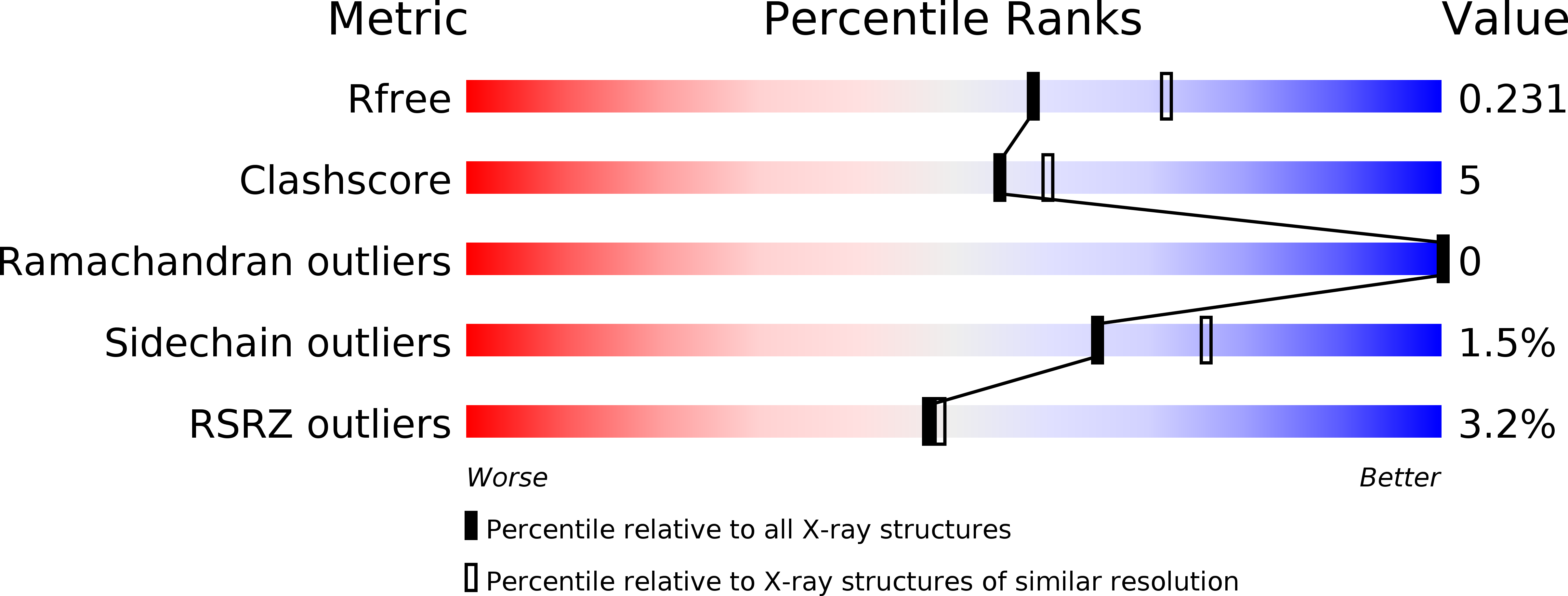
Deposition Date
2019-02-12
Release Date
2019-03-27
Last Version Date
2023-10-11
Entry Detail
PDB ID:
6NYW
Keywords:
Title:
Structure of spastin AAA domain N527C mutant in complex with 8-fluoroquinazoline-based inhibitor
Biological Source:
Source Organism:
Drosophila melanogaster (Taxon ID: 7227)
Host Organism:
Method Details:
Experimental Method:
Resolution:
2.19 Å
R-Value Free:
0.23
R-Value Work:
0.18
R-Value Observed:
0.19
Space Group:
P 65


